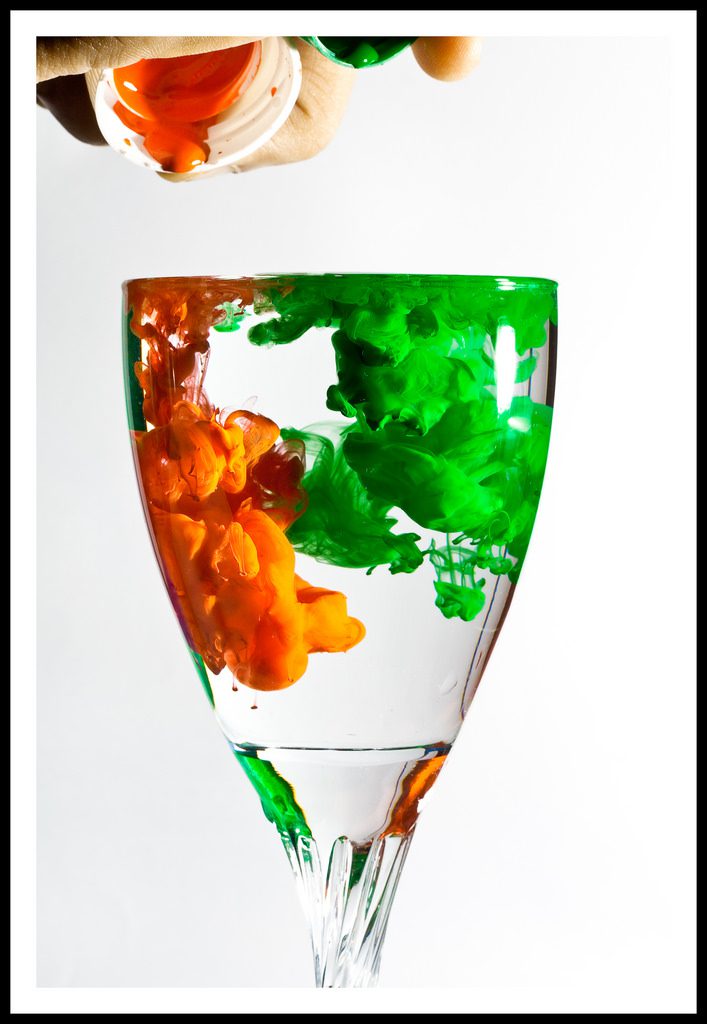We all are aware of the importance of Republic day celebrations since our days of childhood. The date of 26th January, 1950 is a special significance for our country, as the Constitution of India came into effect from this day itself. With the adoption of the new constitution of India, the old governing document of India known as Government of India Act, 1935 became null and void.
The present Constitution of India was passed by the Indian Constituent Assembly on 26th November, 1949 and it came into final effect on 26th January, 1950 making India a republic country. The day is observed as the national holiday in India and a special event is held at the Rajpath in New Delhi.
Journey of the Indian Constitution
After the independence of India on 15th August, 1947, the major task before the Indian leaders was to frame a governing document that could decide the functioning and working of the new Independent Indian Government. To accomplish this crucial task, a Drafting Committee under the chairmanship of Dr. B.R. Ambedkar was constituted on 28th August, 1947 to frame the new Constitution of free India.
The Constituent Assembly held various open sessions for public for 166 days which were spread over a period of 2 years, 11 months and 18 days for the task of framing Constitution. The Constituent Assembly which was a 308 member body held long deliberations, discussions and performed certain modifications while adopting the final draft of the Indian Constitution. The final draft of the Constitution was adopted by the Constituent Assembly by signing the two hand-written copies of the document in languages primarily Hindi and English were accepted on 24th January, 1950. The final effect of this Constitution came two days on the date of 26th January, 1950.
A Glance at the Republic day event
The Republic day celebrations are held in the Rajpath, New Delhi on 26th January every year and consists of ceremonial parades that are witnessed by the various eminent personalities such as The President of India, The Prime Minister of India, central government ministers, VVIPs, chief guest and the common people. The Republic day parade starts from the Rashtrapati Bhavan on Raisina Hill, Rajpath which is the official residence of the President of India and ends at the India Gate.
The entire Republic day celebrations occurs for a period of three days where different regiments of the Army, Navy and Air Force showcases their parades and gives salute to the President of India, who is also the Commander-in-Chief of the Indian Armed forces. The parade contingent also includes the various para-military forces of India and other civil forces of India.
The final part of this three-day event is the Beating Retreat ceremony which officially announces the ending of Republic day festivities. It is held on the evening of 29th January where three bands of the Indian Army, Indian Navy and the Indian Air Force perform at the concluding ceremony.
State heads of the various countries have graced the Republic day celebrations in the past as the chief guest since the commencement of the Republic day celebrations in the year 1950. While the President of France, Francois Hollande was the chief guest for the 2016 Republic day celebrations, the Crown Prince of United Arab Emirates, Mohammed bin Zayed Al Nahyan is scheduled to be the chief guest for the 2017 Republic day celebrations of this year.
So, be proud of the rich history of the Republic Day celebrations and take active part in this national ceremony to commemorate the historic adoption of the Indian Constitution by independent India.
Author: Arun







